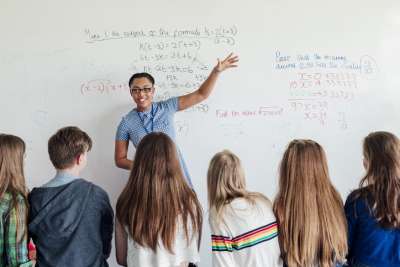Mr. Miller's Unit Plan--Money
Grade: 2
- What SOME students will learn:
- Write and solve money word problems.
- Give correct change (act out and on paper).
- Given a certain amount of money, pick two things that are affordable.
What MOST students will learn:
- Add and subtract using pennies, dimes, and nickels.
- Using price tags, pay for items with coins.
- Read and write different money values.
- Match coins with certain prices.
- Show money equivalents between dimes, nickels, pennies, and quarters.
What ALL students will learn:
- Use terms penny, nickel, dime, quarter, cost, price, buy, sell, and money.
- Act out the process of "buying" and "selling" goods.
- Recognize and name the penny, nickel, dime, and quarter.
- Recognize the cent symbol.
- Read pricetags.
Equipment/Supplies:
- Plastic money for manipulation.
- Pricetags.
- Items to buy and sell.
- Real coins for identification.
- Create a store in the classroom.
Activities/Adaptations:
- Play store.
- Combine a hands-on manipulative approach with an audio/visual approach to create an atmosphere where all students can learn.
- Create a learning center with price tags for independent learning.
- Use homogeneous and heterogeneous cooperative learning groups to enhance learning for everyone.
- Use peer tutoring for help with manipulations.
Assessment:
- Observational rubrics.
- Problems of the day.
- A final test.
References
Camine, D. (1989). Designing practice activities. Journal of Learning Disabilities, 22, 603-07.
Howell, S. C., & Bamhart, R. S. (1992). Teaching word problem solving at the primary level. TEACHING Exceptional Children, 24(2), 44-46.
Montague, M. (1992). The effects of cognitive and metacognitive strategy instruction on the mathematical problem solving of middle school students with learning disabilities. Journal of Learning Disabilities, 25, 230-248.
Peters, E., Lloyd, J., Hasselbring, T., Goin, L., Bransford, J., & Stein, M. (1987). Effective mathematics instruction. TEACHING Exceptional Children, 19(2), 30-33.
*Excerpted from: Adapting Reading and Math Materials for the Inclusive Classroom by Jeanne Shay Schumm (1999).









